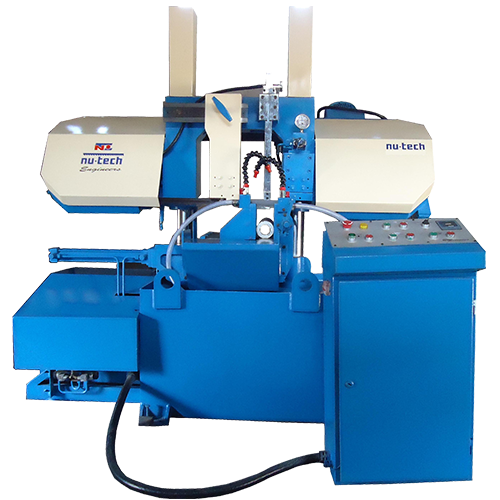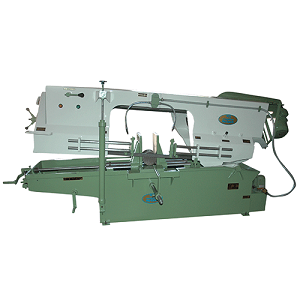Can Bandsaw Cuts Metal?

Features and Benefits of Bandsaw
May 7, 2022Windows 10 S Vs Windows 10 Home
May 10, 2022Can Bandsaw Cuts Metal?
A bandsaw is a power saw with a long, sharp metal blade as a persistent band with exceptionally sharp teeth that indirect two wheels, one of which is fueled. The consistent turning of the band shapes and imposing cutting activity of the band as the material being sliced travels through the blade.
The top wheel, or pulley, directs the blade, and the lower pulley, the fueled one, controls the blade speed. It’s a fine expansion to any carpentry shop and sufficiently adaptable to cut wood as well as metal and different materials. The bandsaw is likewise utilized in blundering.
They are helpful at cutting bends in wood yet can do considerably more. They can be utilized to cut joins and little rabbets, as well as tearing stock and cutting little strips from bigger parts of the wood. Bandsaw blades arrive in an assortment of sizes and tooth counts (teeth per inch, or TPI). This empowers bandsaws to cut wood, metal, and plastic.
Any of these materials can be cut by moving them along the bed of the saw, regardless of a wall, directing the material through the blade along the lines and shapes stamped. Since you are moving the material being cut, as opposed to moving the blade as you would in other power saws, you can cut bends and sporadic shapes. You are additionally ready to cut sporadically formed pieces as well. Bandsaws are the ideal saw for slicing through thick materials. A little bandsaw can undoubtedly slice through 4-inch thick woods, and bigger ones can deal with even 6-inch thickness.
However, they are not ideally suited for cutting adaptable materials. That adaptability will influence the nature of the cut and the well-being of machine use. This is in accordance with their solid point-cutting thicker materials that are steady as traveled through the blade. Thin metals are not appropriate for bandsaw cutting. The common guideline of thumb for cutting metals is that the metal ought to be to some degree as thick as three teeth on the blade, if not thicker.
Materials Suitable For Cutting With Bandsaws:
- Plywood
- Softwoods like pine
- Hardwoods like maple and walnut
- Soft and hard plastics
- Soft metals like brass and aluminum
Read more about the Features and Benefits of Bandsaw

